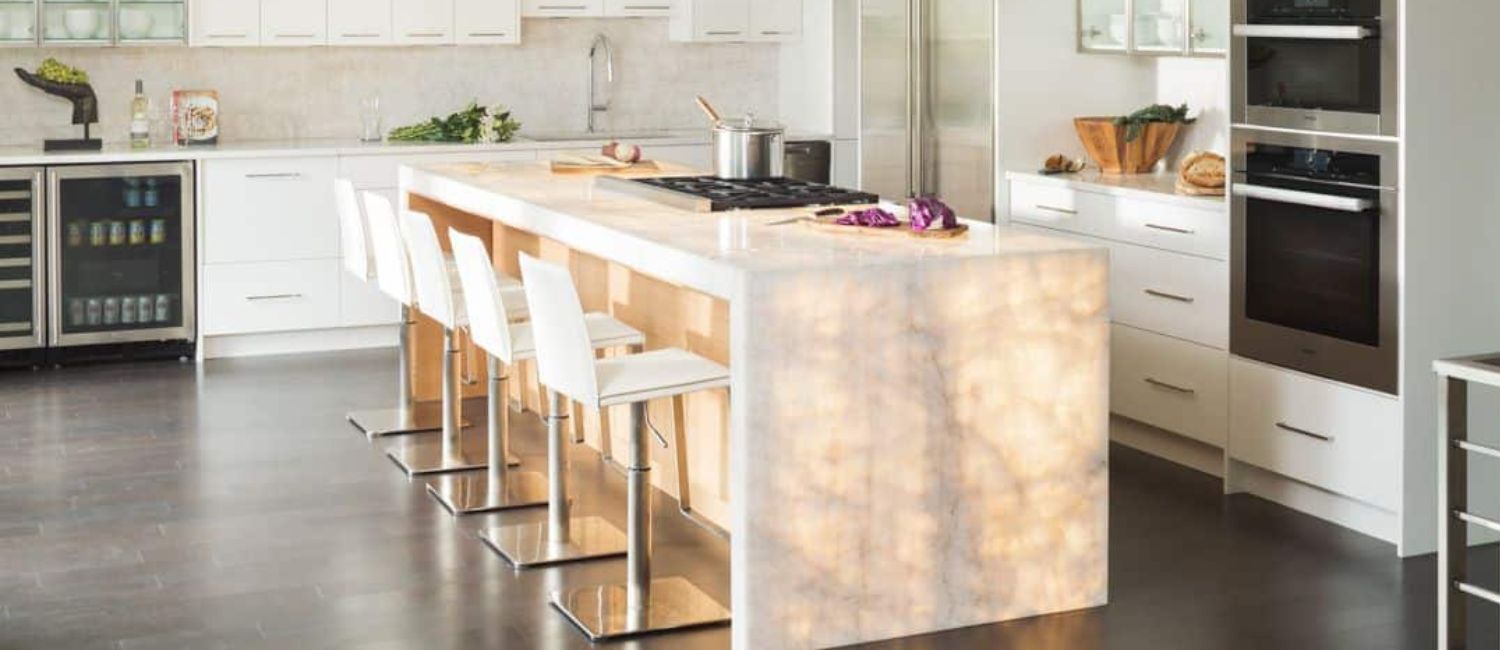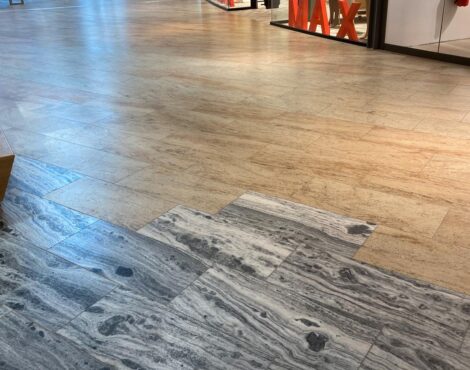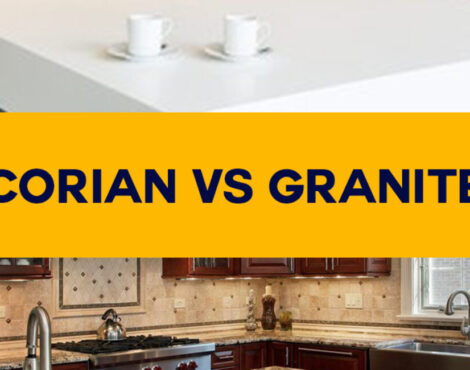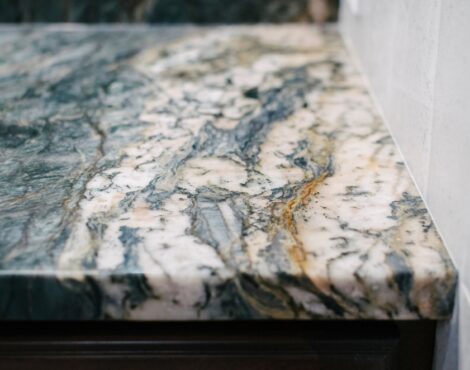This is the most complete guide to quartzite countertops. In this in-depth piece about quartzite, we look at its unique qualities and benefits, how to install it, and how to keep it in good shape. As a leading expert in the stone business, we’re here to give you the most detailed and useful information, so you can choose the best countertop material for your home or project with confidence.
What is Quartzite?
Quartzite is a natural stone that starts out as rock and changes through a process called metamorphism to become a very strong and beautiful material. It is mostly made up of quartz grains and has a high level of hardness and strength, making it a great choice for both home and business countertops.
What are the Advantages of Quartzite countertops?
Quartzite countertops offer a range of advantages that contribute to their popularity in kitchen and bathroom designs:
-
Natural Elegance: Quartzite boasts a natural and luxurious appearance with unique veining and patterns, adding a touch of sophistication to any space.
-
Durability: Known for its hardness and strength, Quartzite is highly durable and resistant to scratches, heat, and impacts, making it suitable for high-traffic areas.
-
Heat Resistance: Quartzite is naturally resistant to high temperatures, allowing you to place hot cookware directly on the surface without causing damage.
-
Low Maintenance: With its non-porous nature, Quartzite is less prone to staining and is easy to clean. Regular sealing enhances its resistance to moisture and spills.
-
Versatility: Available in a variety of colors and patterns, Quartzite can complement various design styles, from traditional to modern, offering versatility in aesthetic choices.
-
Increased Home Value: Quartzite countertops can enhance the resale value of your home due to their premium appearance, durability, and appeal to potential buyers.
-
Unique Patterns: Each Quartzite slab is distinct, showcasing unique patterns and veining, providing homeowners with one-of-a-kind countertops.
-
Natural Stone Appeal: Quartzite combines the durability of quartz with the natural beauty of stone, creating a harmonious blend of aesthetics and functionality.
-
Longevity: When properly cared for, Quartzite countertops can last for many years, offering a long-term investment in your home.
-
Stain Resistance: The non-porous surface of Quartzite makes it resistant to stains from liquids and foods, ensuring easy maintenance and cleanliness.
Choosing Quartzite countertops provides a balance of elegance, durability, and practicality, making them a favored option for homeowners seeking premium natural stone surfaces.
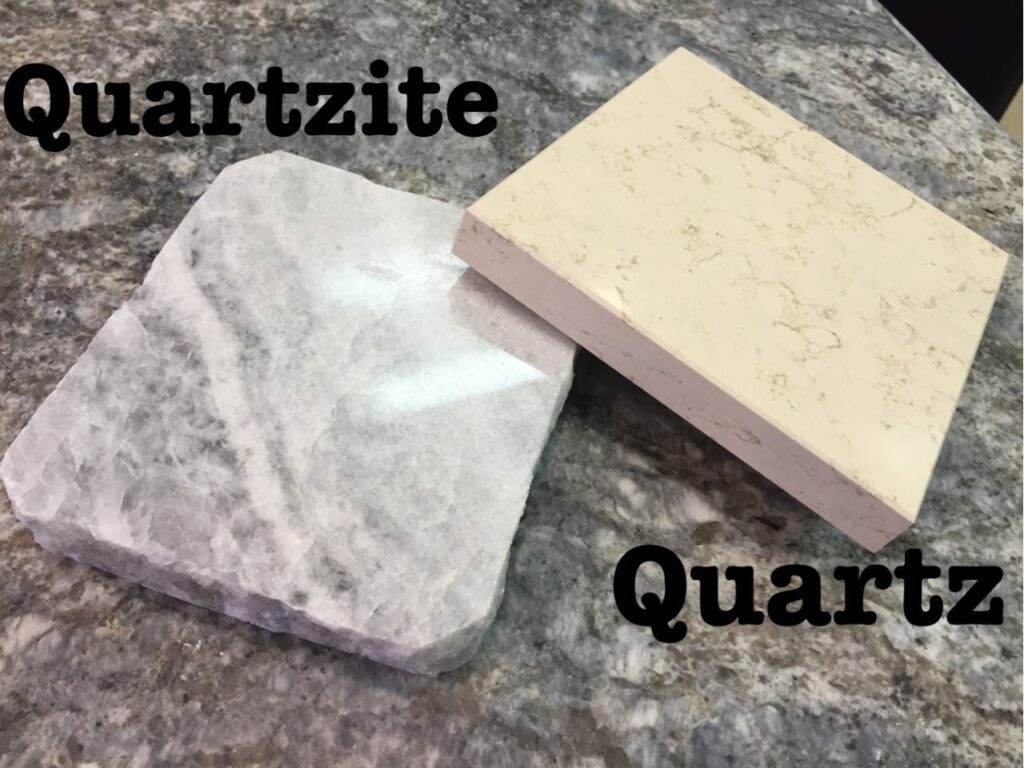
What is the Difference Between Quartz and Quartzite?
Quartz and quartzite are two distinct materials often used in countertops and other applications. While their names sound similar, they have notable differences that can impact your choice for various projects. Here’s a simple guide to help you tell the difference:
1. Composition:
- Quartz: Engineered stone made of crushed quartz crystals mixed with resins.
- Quartzite: Natural metamorphic rock formed from sandstone subjected to high heat and pressure.
2. Appearance:
- Quartz: Uniform and consistent patterns, with a wide range of colors.
- Quartzite: Unique and varied patterns, showcasing the natural beauty of stone with veining and swirls.
3. Hardness:
- Quartz: Durable but may not be as hard as quartzite.
- Quartzite: Known for its exceptional hardness, comparable to granite.
4. Heat Resistance:
- Quartz: Resistant to moderate heat, but excessive heat can cause damage.
- Quartzite: Highly resistant to heat, making it suitable for kitchen applications.
5. Origin:
- Quartz: Manufactured product using natural quartz crystals.
- Quartzite: Naturally occurring and mined from quarries.
6. Maintenance:
- Quartz: Generally low maintenance, requires regular cleaning.
- Quartzite: Resistant to etching and scratching, but sealing may be recommended.
7. Cost:
- Quartz: Pricing varies but is generally more affordable.
- Quartzite: Often considered a premium material, potentially higher in cost.
Remember, the choice between quartz and quartzite depends on your specific needs, preferences, and the intended use of the material. Understanding these differences will help you make an informed decision for your countertop or other applications.
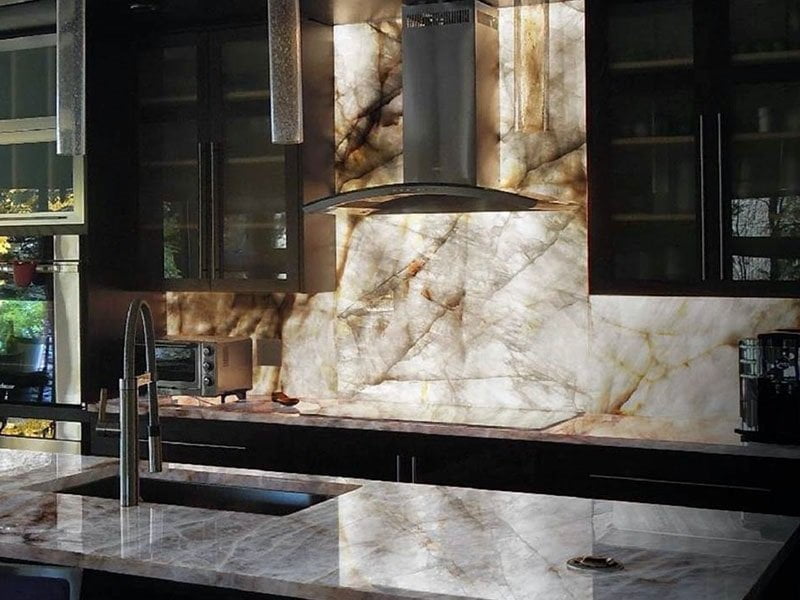
How Should a Quartzite Slab Be Selected for Countertops?
To choose the best quartzite countertop, you need to think about a few important things. Let’s look at these things so you can make an informed choice:
-
A Kaleidoscope of Colours
Quartzite comes in a wide range of colours, from clear white to bright blues, greens, and browns. It also has veins that run through it. Think about the room’s overall style and colour scheme when picking the right colour. Also, check out the veining designs, which can add a dramatic touch to the look of the countertop.
-
Block Size and Thickness
Measure the size of your countertop space and choose a quartzite block that fits perfectly. The thickness is another thing to think about. Standard choices are 2cm and 3cm. Thicker slabs are more sturdy and last longer.
-
Quartzite Finishing Options
Quartzite countertops can be polished, sharpened, leathered, or brushed to finish. Each finish has a different feel and look, so choose the one that suits your style.

What Is The Installation Process For Quartzite Countertops?
To get a perfect result when installing quartzite countertops, you need to be careful and know what you’re doing. It is best to hire a professional stone fabricator to take care of the fitting. Most of the time, the steps are:
-
Measuring and Templating
The countertop area is measured accurately, and a template is made to help cut the quartzite slab.
-
Cutting and Putting Together
The quartzite piece is cut to the right size and put together using the template. During this step, holes are also cut for the washbasin and tap.
-
Cutting and Fabrication
The slab is sealed to avoid stains, and then a high-quality adhesive is used to carefully stick it to the cabinets.
-
Sealing and Adhering
After the quartzite is firmly in place, the seams are filled with epoxy resin that matches the colour of the quartzite, and the surface is polished to a high shine.
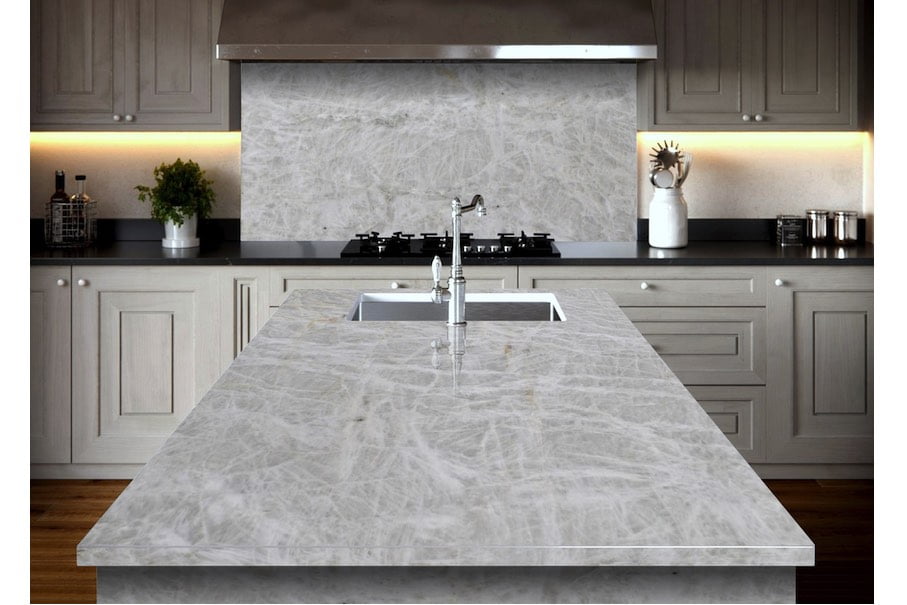
Maintenance Tips for Quartzite Countertops
Maintaining the pristine appearance of your Quartzite countertops is easy with these simple and effective tips:
-
Daily Cleaning: Gently wipe down the countertops with a soft cloth or sponge and a mild, pH-balanced cleaner. This helps remove surface debris and maintains the stone’s natural shine.
-
Avoid Harsh Chemicals: Steer clear of abrasive or acidic cleaners, as they can damage the sealant and the stone itself. Opt for products specifically designed for natural stone surfaces.
-
Immediate Spill Cleanup: Quartzite is porous, and spills can penetrate if left unattended. Quickly clean up any spills, especially from acidic substances like lemon juice or red wine, to prevent stains.
-
Use Cutting Boards: While Quartzite is durable, using cutting boards for chopping and slicing is advisable to protect both the countertops and your knives.
-
Avoid Excessive Pressure: Quartzite is hard, but excessive force or pressure from heavy, sharp objects may cause damage. Use caution when handling heavy items or sharp utensils.
-
Regular Sealing: Depending on usage, consider resealing your Quartzite countertops every one to three years. This helps maintain their resistance to stains and moisture.
-
Heat Protection: While Quartzite is heat-resistant, it’s best to use trivets or hot pads under hot cookware to prevent any potential damage.
-
Prevent Scratches: Avoid dragging or sliding heavy objects across the countertops. Use felt or rubber pads under items like small appliances to prevent scratches.
By incorporating these maintenance practices into your routine, you can ensure the longevity and enduring beauty of your Quartzite countertops.
Conclusion
In the end, quartzite countertops have a mix of durability, beauty, and usefulness that is unmatched. By knowing what makes quartzite unique and using our complete guide, you can make an informed choice when picking the best countertop material for your home or project.
Now that you know all of this, you can choose quartzite countertops for your project with confidence, knowing that you have the knowledge you need to make an informed choice. If you have any more questions or need more help, please don’t hesitate to get in touch with us. Our team of experts is here to help you every step of the way as you create your dream place with quartzite countertops that have a classic look.
Remember that the best results will come from choosing high-quality quartzite and hiring a trusted expert to install it. Take advantage of the timeless beauty of quartzite countertops to give your home a natural look that will last for years.
Stone Galleria
We offer more than just materials – we provide a partnership founded on reliability and responsiveness. Stone Galleria recognizes the distinctive requirements of commercial enterprises and is committed to delivering dependable and cost-effective supply chain management.
As a leading manufacturer, supplier, and exporter of Granite, Sandstone, and Quartzite, we tailor our products to your specifications, including dimensions, thickness, and various finishes.
Embark on the journey to enhance your operations by requesting a free quote today. Complete our inquiry form, and we will promptly respond to your needs.
Knowledgeable – Reliable – Responsive

